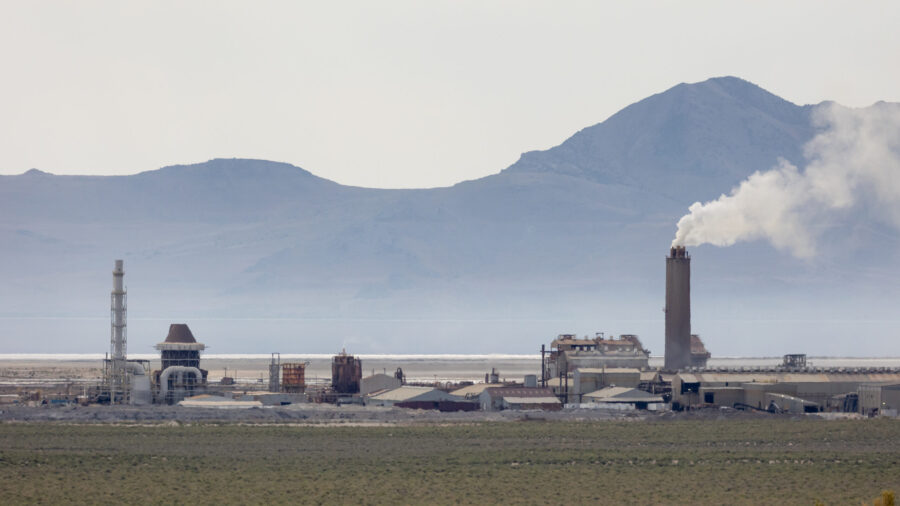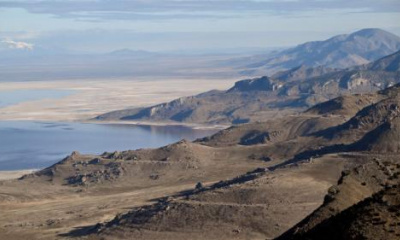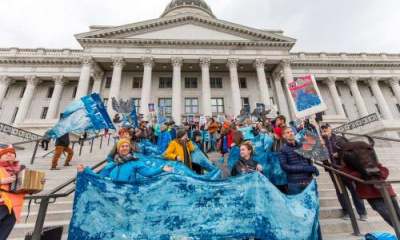SALT LAKE CITY — Five months after a study done by The National Oceanic and Atmospheric Administration named them as a major contributor to the gunk in Utah’s winter inversions, U.S. Magnesium said they plan to challenge those findings.
“If you look at the Division of Air Quality numbers…their actual measurements of PM 2.5…and our actual production…there’s absolutely no correlation,” said Tom Tripp, director of technical services at U.S. Magnesium.
The study claimed the magnesium refinery on the southwest side of The Great Salt Lake was a significant source of halogen emissions, especially chlorine and bromine. The study said the “chlorine and bromine emitted by the refinery were responsible for 10 to 25% of regional PM 2.5 during winter pollution episodes.”
Tripp said the bromine levels in the NOAA study were “off by a thousand times.”
The study led Utah Gov. Spencer Cox to ask the EPA to add U.S. Magnesium’s land into Utah’s Northern Wasatch Front ozone nonattainment area.
It was also a factor in the Utah Legislature passing a bill that seeks to reduce halogen emissions along the Wasatch Front.
It’s unclear when this formal challenge will happen, but KSL NewsRadio will cover it when it does.
The rising Great Salt Lake is great news for the magnesium industry
Outside the controversy and back-and-forth on pollution, magnesium is a major part of why we need to preserve The Great Salt Lake.
The Great Salt Lake is the source of almost all of the U.S. supply of magnesium and 14% of the world’s supply.
The precious alloy can be found in anything from military equipment, steering wheels, other car parts, computers, cell phones fireworks and almost every soda can in the country.
“Anytime you hold an aluminum can…you’re holding a little piece of The Great Salt Lake in your fingers,” Tripp said.
Tripp said they moved their pump to the deepest end of the lake off of Stansbury Island. That stretch goes all the way to Antelope Island.
When the lake hit its lowest levels on record in 2022, it definitely made things a little uncomfortable.
“Another two feet would have been problematic,” Tripp said.
But, waters have risen about five feet on the south arm since November’s record lows. Tripp said that will help them breathe easier for another few years.
And not only has the lake level risen, but the runoff has also been going strong for months longer than normal.
According to Tripp, the lake could retain more water during the hot months when the water typically starts to evaporate.
“What a win,” Tripp said.









